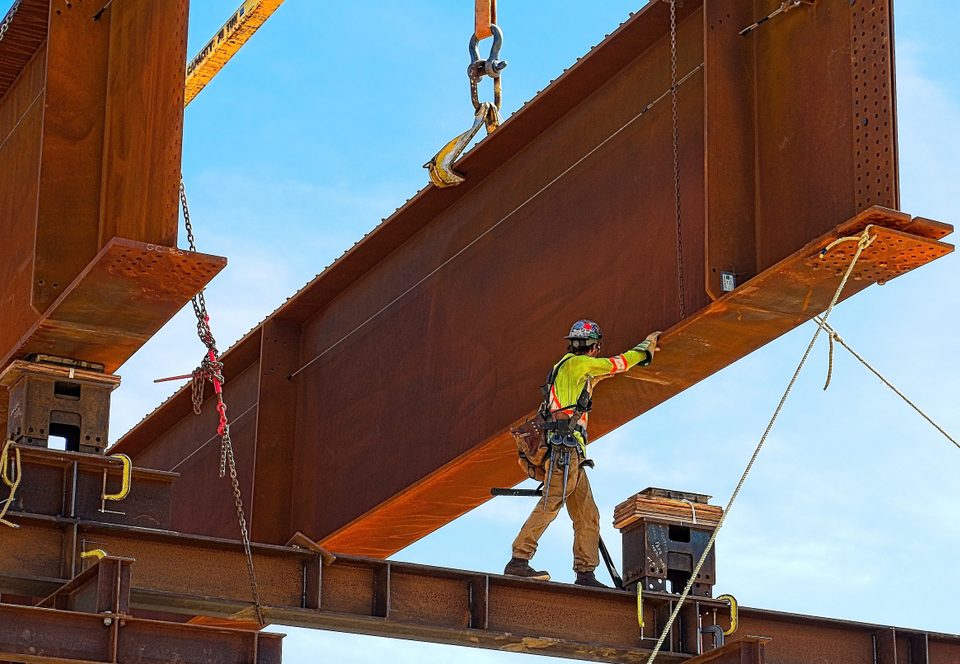Primer on Metal and Steel Dimension Tolerances, Part 1

Value of Magnets and Welding Clamps in Metal Welding, Part 2
March 13, 2020
Primer on Metal and Steel Dimension Tolerances, Part 2
March 27, 2020As anyone who has worked with steel or another form of metal in any industrial or commercial setting is well aware, proper shapes and sizes are very important for any metal order made. At the same time, it’s understood within the industry that some variation will be present in the metal forming and sizing process.
At Wasatch Steel, we’re happy to explain this theme in greater detail to anyone interested in our variety of quality steel products, from discount steel bar and steel tube to steel pipe and many other steel services. In particular, both within the sheet metal and other metal formats, this variation potential is known as a tolerance – this two-part blog will dig into everything you need to know about metal and steel tolerance and tolerance ranges, including who they benefit and some types and details you should be aware of for your next project.
Standard Metal Dimensions
In any metal ordering situation, the client will request a specific shape and size as part of their order. In the industry, we refer to this as the “desired nominal dimension.”
In an ideal world, the final product delivered to said client would fit those specifications 100% perfectly, with absolutely no variation. However, as we noted above, a simple reality of metal forming and sizing is that this generally isn’t possible – there will be small possible variations in these sizes that are considered fully acceptable within the industry.
What Tolerance Refers To
These differences are referred to as a tolerance, which is the acceptable range of measurements outside the nominal dimension for a given metal or steel order. This allows the manufacturer just a bit of necessary leeway in creating products, limiting concerns over unpreventable forms of variation like die dimensions, varying tool usage, chemical variations, temperature fluctuations and varying cooling rates associated with metal processes.
Who Tolerance Ranges Benefit
It’s important to note that tolerance ranges aren’t only for the benefit of the manufacturer, as they also help out buyers in significant ways. In some cases, for instance, it’s technically possible for the manufacturer to produce a metal sheet with a tighter tolerance range than what’s recommended – but this often comes with an extremely high additional cost to achieve the lower tolerance range, and in many cases doesn’t change the usefulness of the metal in its desired application. In such situations, buyers should actually prefer a wider tolerance range so long as it fits their application needs, as it will come for a much lower cost and can be produced faster as well.
For more on metal tolerances and why they’re important for many sheet metal and other order formats, or for information on any of our steel products or services, speak to the staff at Wasatch Steel today.



